Cats, our beloved fur companions, are often seen as independent and aloof creatures. Yet, what happens when they start imitating human behavior? This fascinating phenomenon is becoming increasingly common in households around the world. Imagine your feline friend copying your actions, such as opening doors or even attempting to speak! It’s both charming and intriguing, offering us a glimpse into the complex minds of our pets. Let’s explore this peculiar and captivating world where cats mimic their human counterparts.
Understanding Feline Intelligence
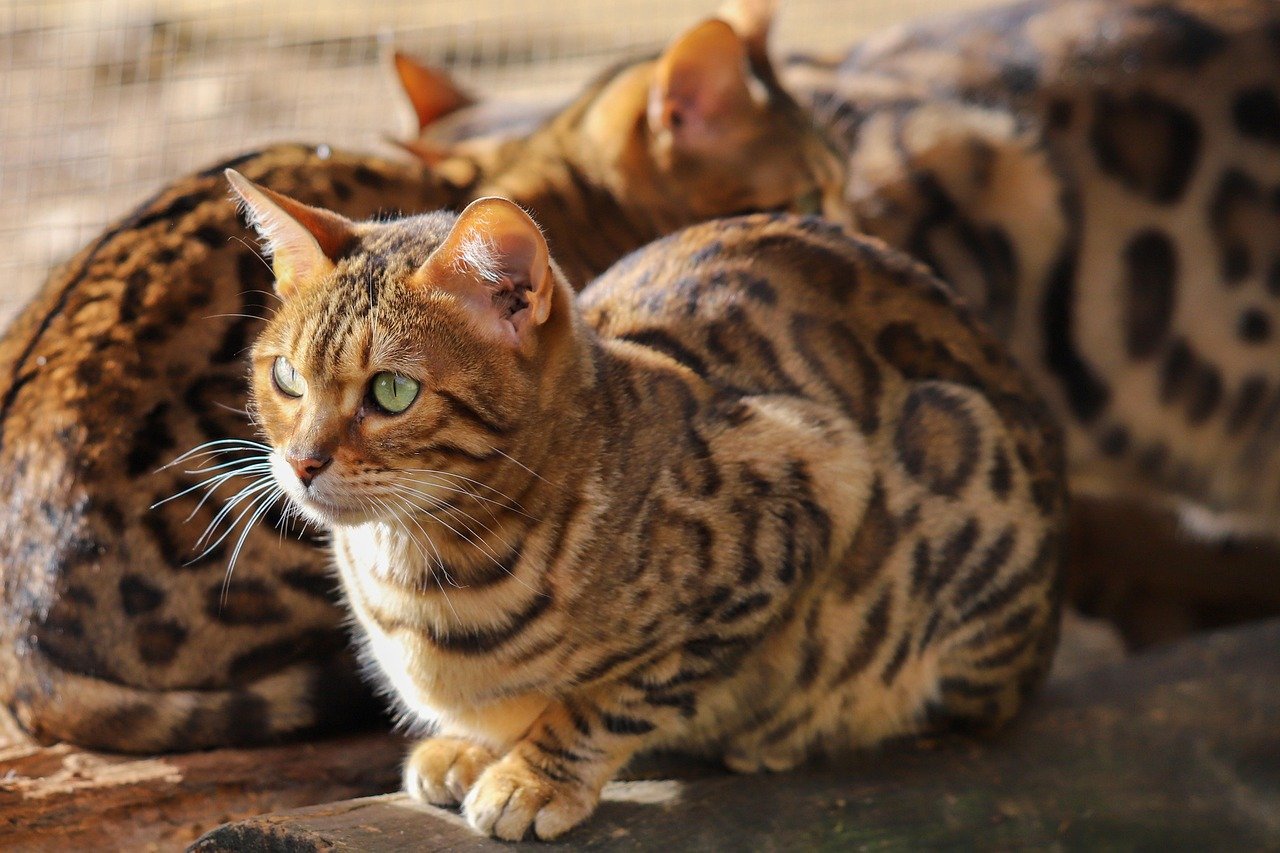
Cats are highly intelligent animals, capable of learning and adapting to their environments. Their brains are structured similarly to humans, which might explain their ability to understand and replicate our behaviors. They observe us closely, picking up on our routines and even our emotional cues. This intelligence fuels their curiosity, leading them to experiment with imitating what they see. For instance, if a cat watches its owner open a cupboard, it might try to mimic the action, sometimes successfully.
The Influence of Human Interaction
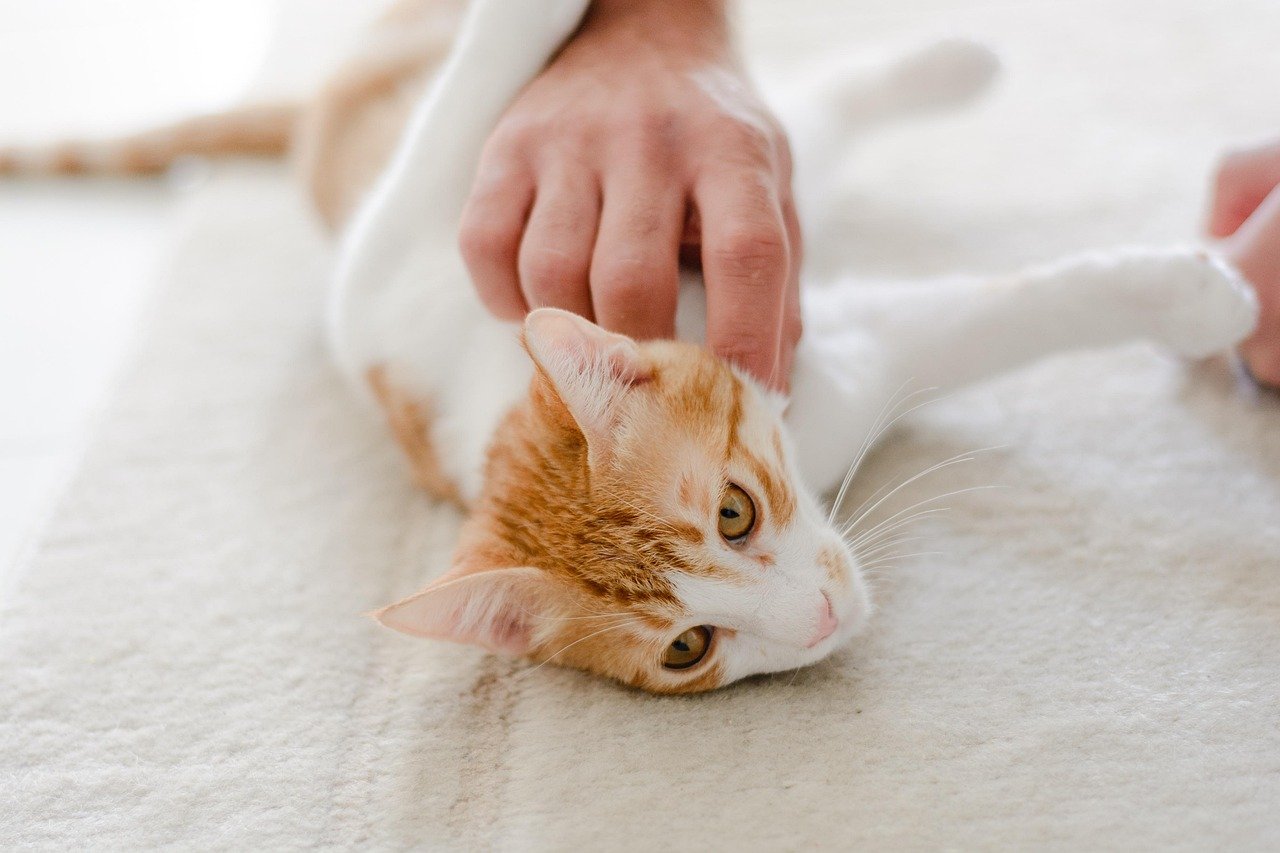
The time we spend with our cats plays a significant role in their behavior. Cats that have more interaction with humans are more likely to imitate them. This is because they view their human companions as part of their social group. They learn from watching us, sometimes even picking up on subtle cues like the sound of a can opener indicating feeding time. This bond between humans and cats is essential for understanding why they might choose to mimic us.
Communication Through Mimicry
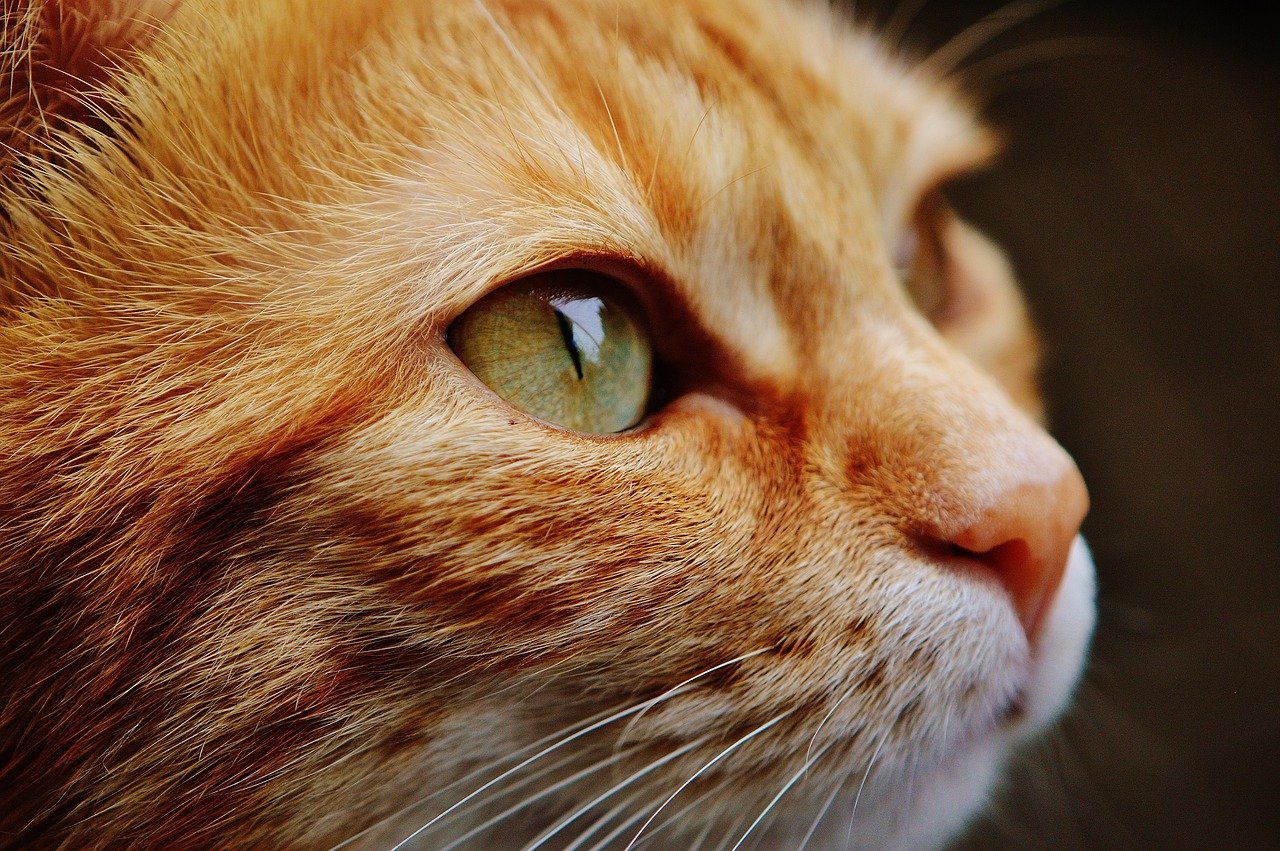
Cats often use mimicry as a form of communication. By imitating human actions, they might be trying to convey a message. For example, a cat that learns to knock items off a table might be seeking attention or expressing boredom. This behavior can be likened to a child copying a parent’s actions to get noticed. By understanding these actions, we can better cater to our cats’ needs, strengthening our bond with them.
Imitating Human Sounds
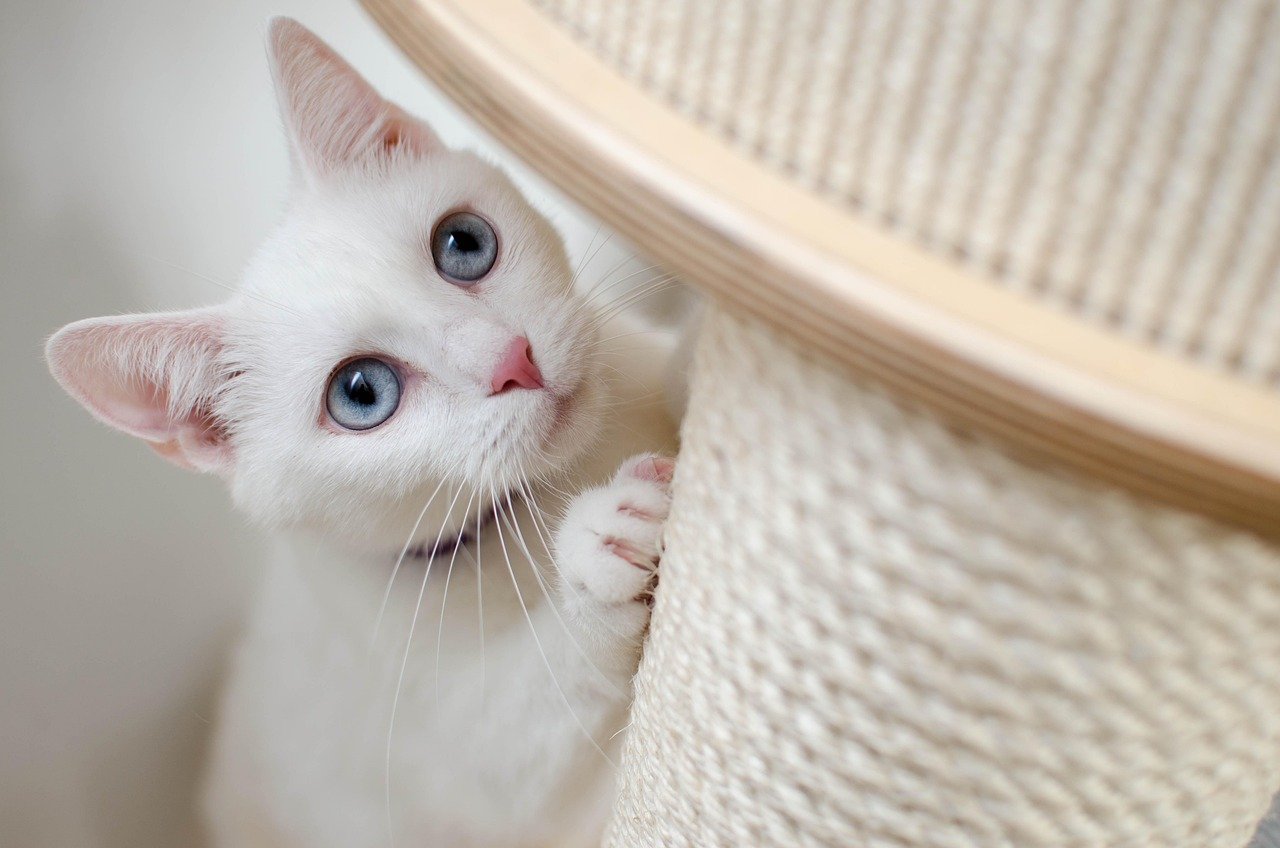
While cats don’t have the vocal cords to speak like humans, some have been known to mimic human sounds. This can range from simple imitations of laughter to more complex sounds like a doorbell. Cats learn through repetition and may associate certain sounds with specific outcomes. For instance, a cat might mimic the sound of a cough if it has learned that this gets a reaction from its owner.
Copying Routines and Habits
Cats are creatures of habit, much like humans. They thrive on routine and often imitate the daily activities of their owners. You might notice your cat following you into the kitchen every morning, mirroring your breakfast routine. This behavior stems from their desire to be involved in the family dynamic. By copying your habits, cats feel more integrated into their environment.
Opening Doors and Cabinets
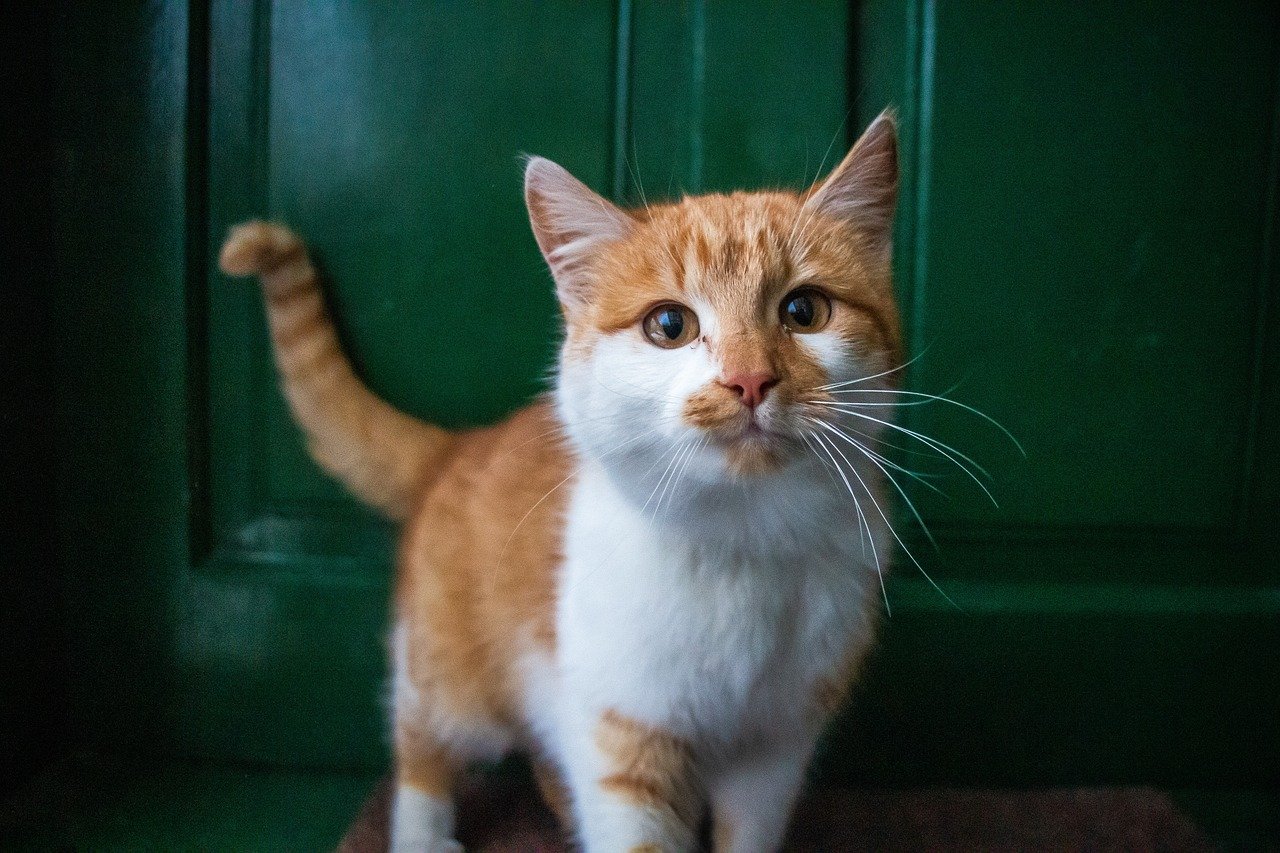
One of the most common behaviors cats imitate is opening doors and cabinets. Cats are naturally curious and enjoy exploring new spaces. They watch how humans open doors and often attempt to do the same. This behavior not only showcases their intelligence but also their determination. Some cats have even learned to open doors by turning the handle or pushing them with their paws, much to the amazement of their owners.
Walking on Two Legs

Although it may seem unusual, some cats have been observed walking on their hind legs, mimicking the way humans walk. This behavior is often seen in playful or curious cats trying to get a better view of their surroundings. It’s a testament to their adaptability and willingness to learn from their environment. Walking on two legs can also be a sign of affection, as the cat tries to get closer to its human companion’s height.
Playing with Human Objects
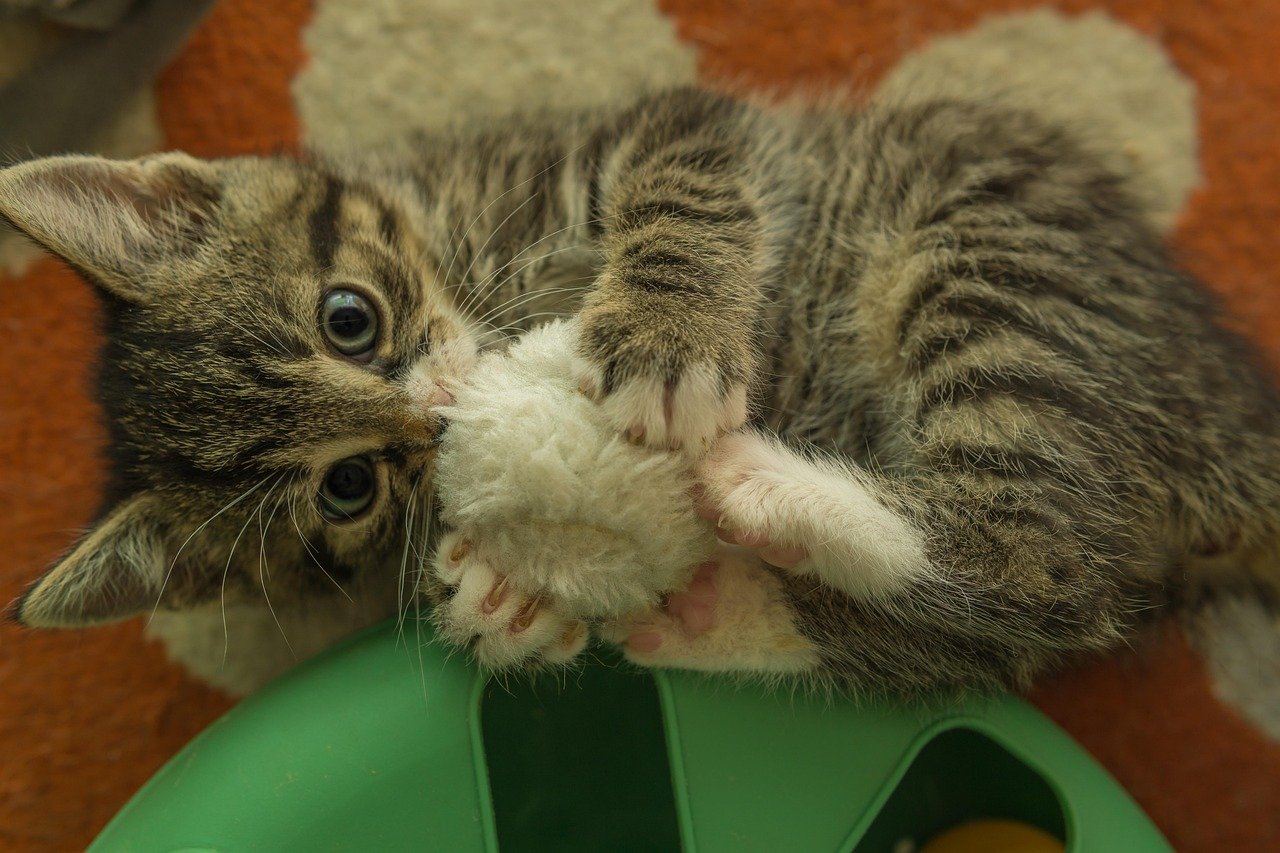
Cats often show interest in human objects, such as remote controls, phones, or keyboards. This curiosity can lead to them imitating how humans interact with these items. For example, a cat might paw at a keyboard, mimicking typing, because it sees its owner doing so frequently. This behavior is a combination of curiosity and the desire to be part of the human’s world.
Learning Through Observation
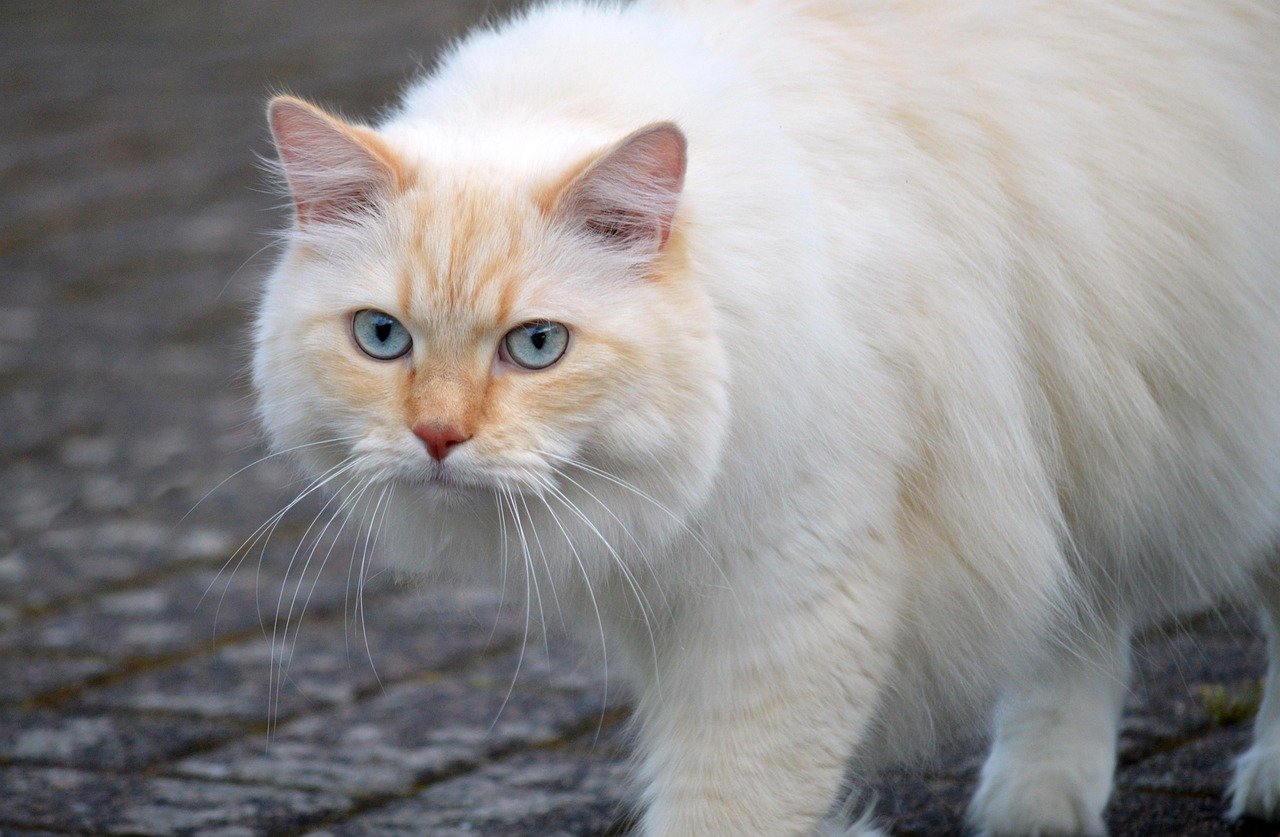
Observation is a crucial learning tool for cats. They spend a lot of time watching their owners, absorbing information and behaviors. A cat that sits quietly watching its owner cook might later attempt to open the fridge or climb onto the counter. This observational learning is a key factor in how cats adapt to and imitate human behavior.
Problem-Solving Skills

Cats are excellent problem solvers, and their ability to imitate humans is often linked to this skill. When faced with a challenge, such as getting a treat from a closed jar, a cat might watch its owner open it and then try to replicate the action. This problem-solving ability highlights their intelligence and resourcefulness, allowing them to adapt to their environment effectively.
Emotional Imitation
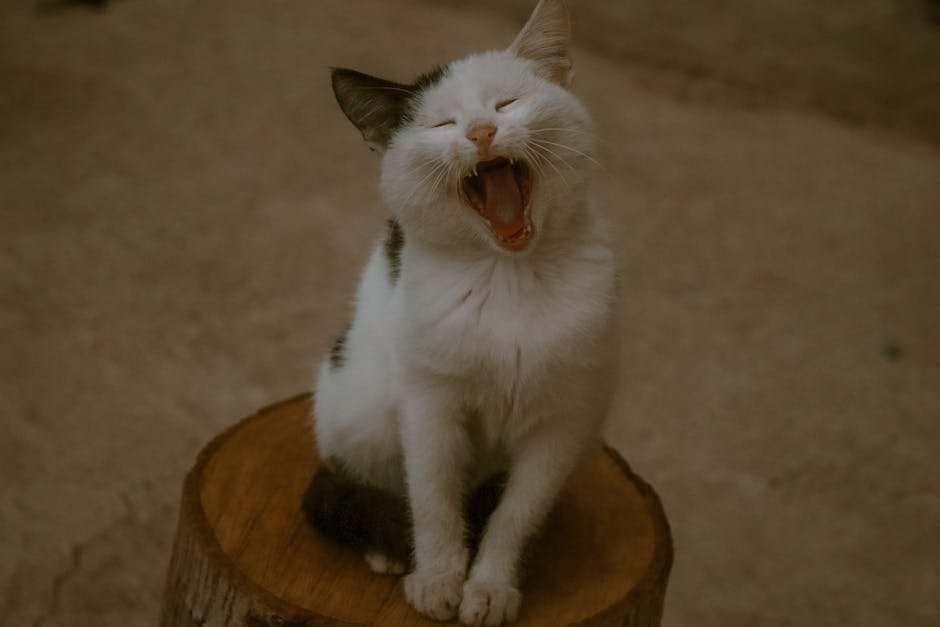
Cats are surprisingly empathetic creatures and can often sense the emotions of their human companions. They may imitate emotional behaviors, such as purring when you’re happy or cuddling when you’re sad. This emotional imitation helps them connect with their owners on a deeper level, reinforcing the bond between human and cat.
Training and Reinforcement
Cats can be trained to imitate specific behaviors through reinforcement. Positive reinforcement, such as treats or affection, encourages them to repeat actions they have observed. For instance, a cat that receives a treat for mimicking a human action is likely to repeat that action in the future. Training cats in this way can lead to a more interactive and enjoyable relationship between owner and pet.
The Role of Environment

A cat’s environment plays a crucial role in its behavior. Cats living in stimulating environments with plenty of human interaction are more likely to imitate human behaviors. A home filled with engaging activities and opportunities for exploration encourages cats to learn and mimic. Providing a rich and varied environment is essential for nurturing a cat’s natural curiosity and intelligence.
Understanding Cat Psychology
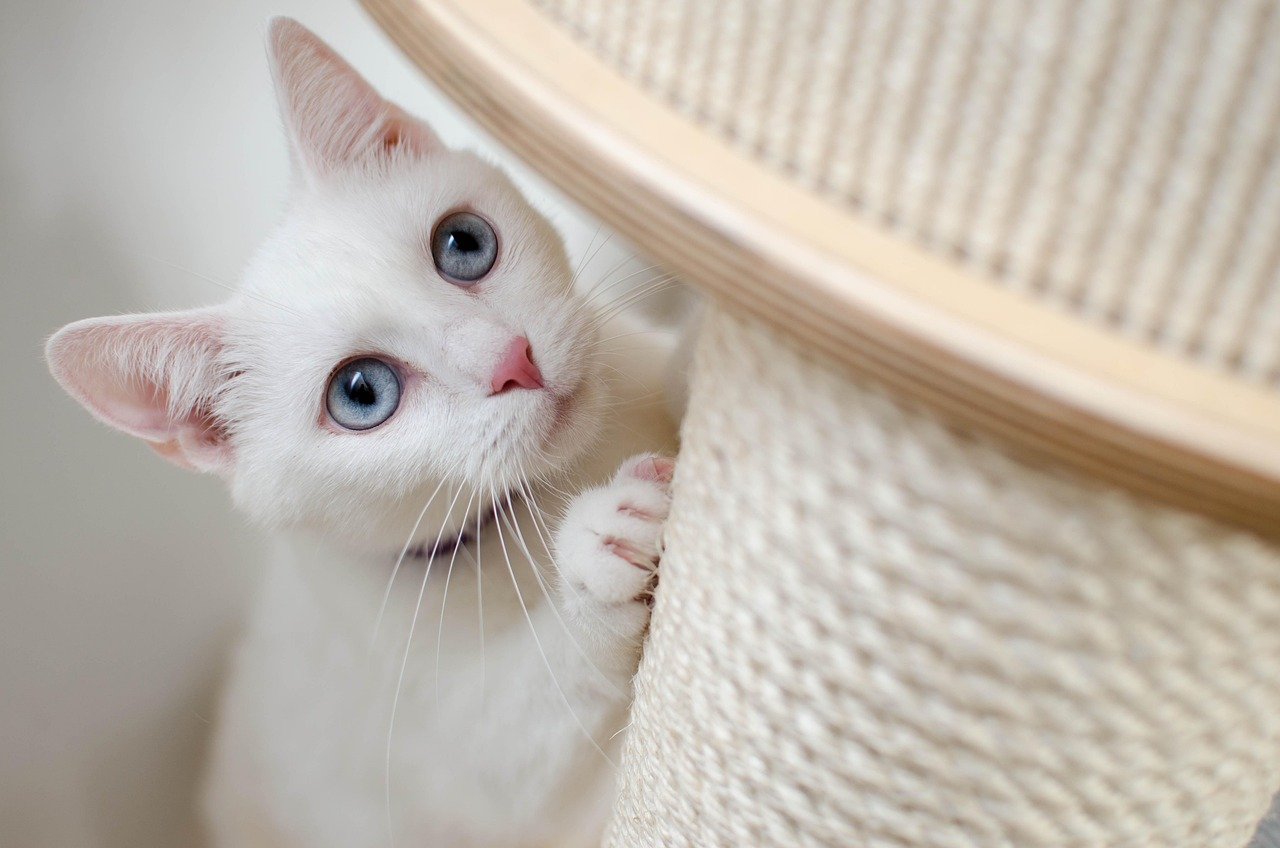
To comprehend why cats imitate humans, it’s crucial to understand their psychology. Cats are inherently curious and enjoy learning new things. They are also social creatures that seek to bond with their human companions. By imitating human behavior, cats are expressing their desire to be part of the family unit. Understanding this psychology can help owners foster a more meaningful relationship with their feline friends.
Fostering a Positive Relationship
Encouraging cats to imitate human behavior can lead to a stronger bond between pet and owner. By providing positive reinforcement and plenty of interaction, owners can help their cats feel more integrated into their lives. This positive relationship benefits both the cat and the owner, leading to a more harmonious and fulfilling companionship.
Recognizing the Limits of Imitation

While cats are intelligent and capable of imitation, it’s important to recognize their limitations. They may not understand the purpose behind every human action they mimic. Owners should be mindful of this and ensure that their cats’ needs are met, even if they don’t fully grasp the behaviors they’re imitating. Recognizing these limitations helps maintain a healthy and respectful relationship with our feline friends.
Differences in Individual Cats

Not all cats will imitate human behavior to the same extent. Each cat is unique, with its own personality and preferences. Some cats may be more inclined to mimic humans, while others may be more independent. Understanding these differences can help owners tailor their interactions and expectations accordingly, ensuring a positive relationship with their pet.
The Joy of Discovery
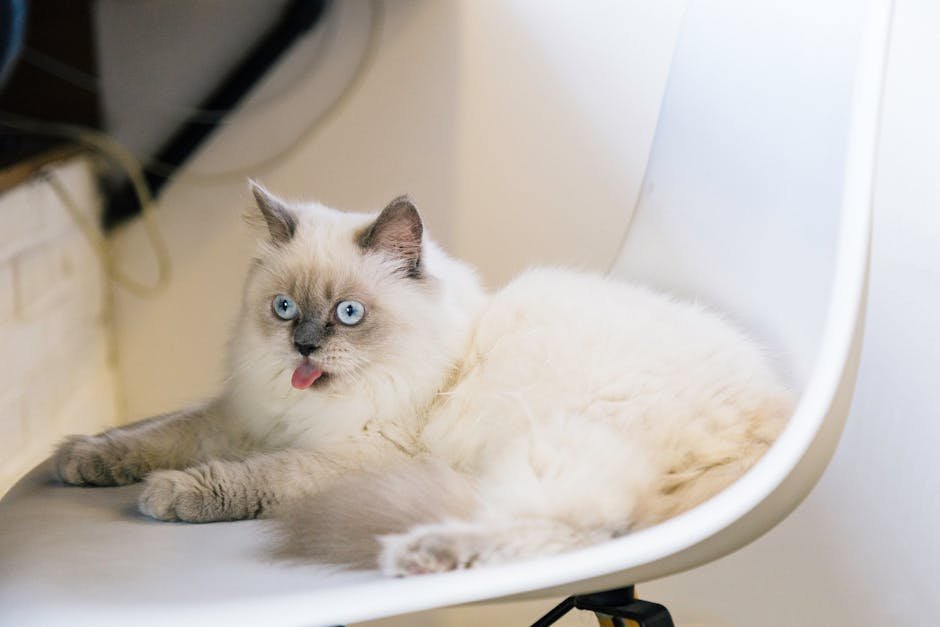
Watching a cat imitate human behavior can be a joyful and rewarding experience. It offers a glimpse into the feline mind and showcases their intelligence and adaptability. Owners can take pleasure in observing their cats’ antics, knowing that these behaviors are a testament to the strong bond they share. This joy of discovery enriches the lives of both cat and owner.
The Future of Feline Imitation

As our understanding of cats continues to grow, so too does our appreciation for their ability to imitate human behavior. This fascinating aspect of feline behavior is likely to remain a popular topic of study and discussion among cat enthusiasts. As we learn more about our feline companions, we can look forward to even deeper connections and a greater understanding of the unique bond between humans and cats.
In conclusion, the phenomenon of cats imitating human behavior is a testament to their intelligence, curiosity, and the deep bond they share with their human companions. By understanding and appreciating these behaviors, we can foster a more meaningful and rewarding relationship with our feline friends.
Hi, I’m Bola, a passionate writer and creative strategist with a knack for crafting compelling content that educates, inspires, and connects. Over the years, I’ve honed my skills across various writing fields, including content creation, copywriting, online course development, and video scriptwriting.
When I’m not at my desk, you’ll find me exploring new ideas, reading books, or brainstorming creative ways to solve challenges. I believe that words have the power to transform, and I’m here to help you leverage that power for success.
Thanks for stopping by, Keep coming to this website to checkout new articles form me. You’d always love it!






